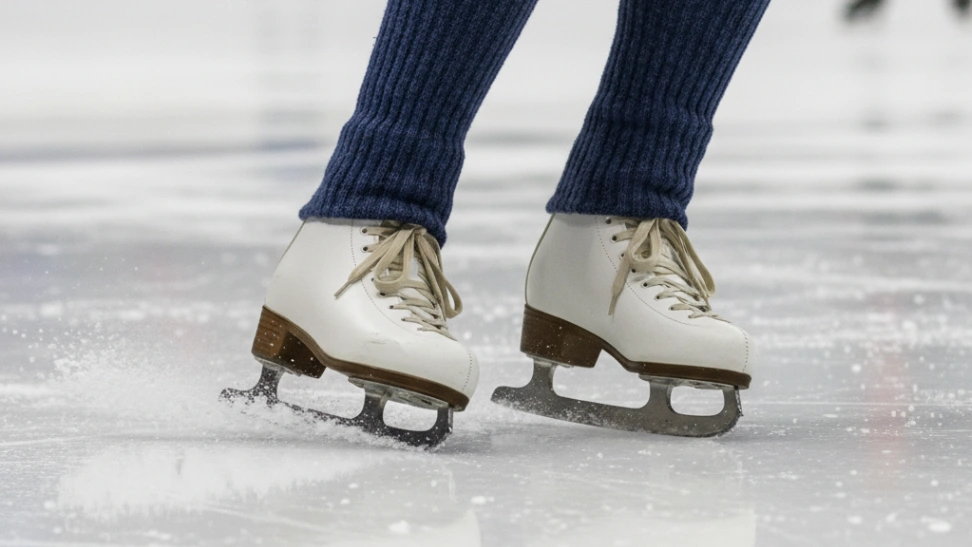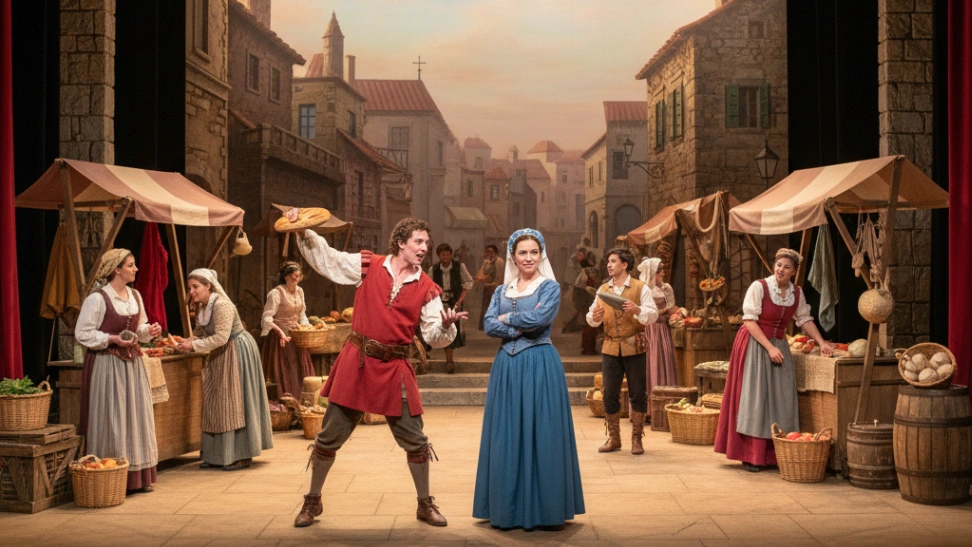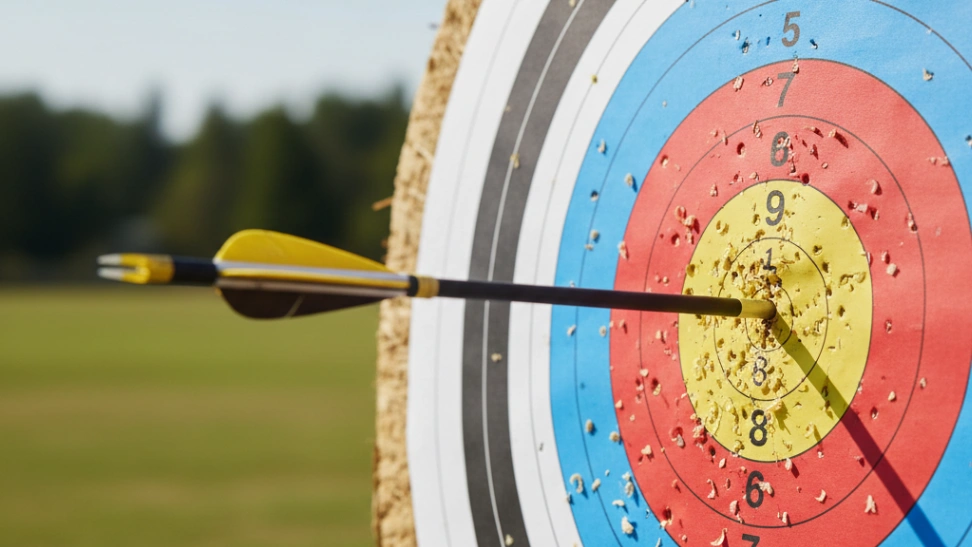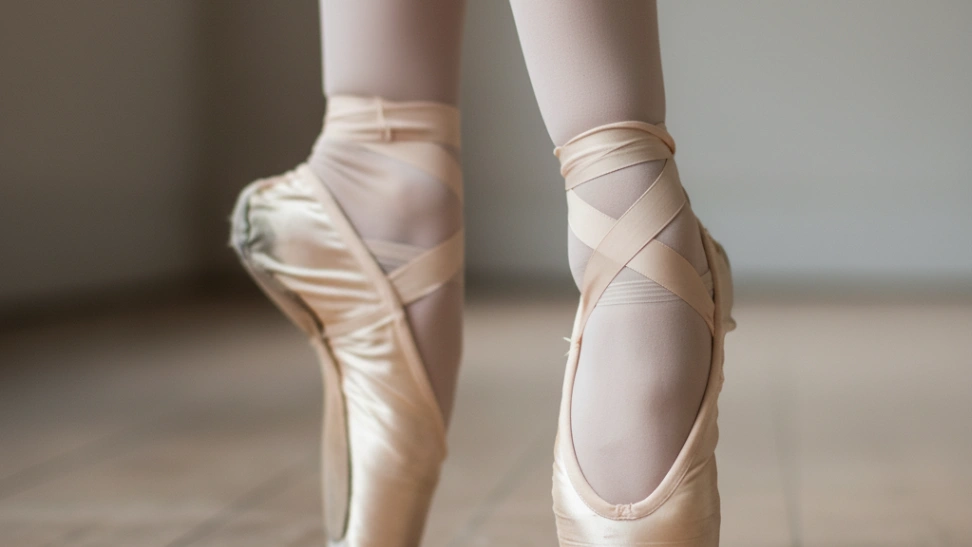Learning to ice skate is a journey that often begins with tentative steps and progresses to confident glides, spins, and jumps. Beginners typically start by familiarizing themselves with the balance required, often holding onto the boards or a friend before venturing out independently. The fundamental skills involve pushing off with one foot, gliding on the other, and mastering basic stopping techniques. As proficiency grows, skaters can explore various styles. Figure skating, for example, emphasizes artistic interpretation, intricate footwork, spins, and jumps, demanding immense precision, flexibility, and strength. Speed skating, on the other hand, focuses purely on velocity, requiring powerful leg drive and efficient aerodynamics. Ice hockey combines skating prowess with stickhandling, passing, and shooting, demanding explosive power, agility, and teamwork. Regardless of the chosen path, consistent practice is key to developing muscle memory and refining technique. The physical benefits are substantial: improved core strength from maintaining balance, enhanced leg muscle development, better cardiovascular endurance, and superior coordination. It's also an excellent way to relieve stress and enjoy the sensation of effortless movement.
Essential gear for ice skating includes the skates themselves, which consist of a boot and a blade. For recreational use, rental skates are often available at rinks, but serious skaters will eventually invest in their own pair. Figure skates have a toe pick at the front of the blade for jumps and spins, while hockey skates have a shorter, more rockered blade designed for quick turns and acceleration. Speed skates feature long, straight blades for maximum glide. Beyond skates, appropriate clothing is important: layers that allow for warmth but also flexibility, gloves or mittens to protect hands from falls and cold, and a helmet, especially for beginners or those engaging in hockey. Ice rinks, both indoor and outdoor, are the primary venues. Indoor rinks offer controlled temperatures and ice conditions year-round, while outdoor rinks, like frozen ponds or seasonal city rinks, provide a picturesque, often more social atmosphere, though their availability is weather-dependent. Many communities have public skating sessions, classes, and clubs, making it accessible for anyone interested in giving it a try.
The history of ice skating is remarkably ancient, with evidence suggesting its origins date back over 3,000 years. The earliest skates were not made for recreational gliding but for practical transportation across frozen lakes and rivers in Scandinavia and Eastern Europe. These early "skates" were animal bones, typically horse or ox femurs, strapped to the feet, allowing people to slide rather than truly glide. Archaeological finds in the Netherlands indicate the development of wooden skates with iron or copper blades attached by the 13th or 14th century, which allowed for a more controlled push-off rather than just propulsion from a pole. The Dutch are often credited with popularizing skating as a recreational activity during their Golden Age in the 17th century, where canals would freeze, becoming bustling thoroughfares for skaters of all social classes. The first metal blades that could be sharpened to a fine edge, allowing for sophisticated turns and maneuvers without the need for poles, emerged in the 18th century. It was American figure skater Jackson Haines in the mid-19th century who revolutionized the sport by introducing elements of ballet and dance, transforming skating from a rigid, utilitarian activity into an expressive art form. He developed lighter, shorter blades that were curved, facilitating spins and graceful movements. The first organized skating club, the Edinburgh Skating Club, was founded in 1742, and the first international speed skating competition was held in Hamburg in 1863. The sport evolved rapidly, leading to the formation of the International Skating Union (ISU) in 1892, which governs figure skating, speed skating, and synchronized skating, solidifying ice skating's place as a respected global sport and a cherished pastime. From bone slides to precision blades, its journey reflects human ingenuity and a continuous desire for elegant movement on ice.
Beyond the technical skills, ice skating fosters a vibrant community and a sense of personal achievement. Rinks often host public sessions, encouraging a friendly atmosphere where individuals can skate at their own pace. Group lessons are popular for beginners, providing structured learning and the opportunity to meet fellow enthusiasts. For those aspiring to higher levels, local clubs offer coaching, advanced training, and opportunities to compete in various disciplines. The camaraderie among skaters, whether sharing tips during a public session or training together for a competition, is a significant aspect of the hobby. Progress in ice skating is highly rewarding; mastering a new turn, landing a jump, or executing a complex sequence brings immense satisfaction. It teaches patience, resilience, and the value of incremental improvement. Many skaters find a lifelong passion in the sport, continually challenging themselves with new techniques and enjoying the unique blend of physical exertion, artistic expression, and mental focus that ice skating demands. It's a journey of continuous learning, offering endless possibilities for growth and enjoyment on the ice.



